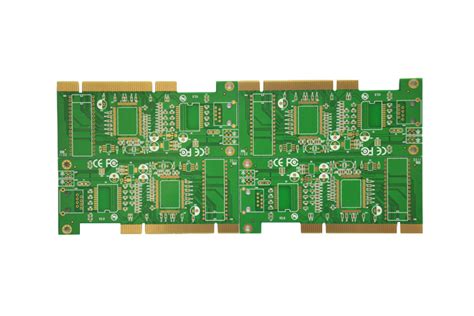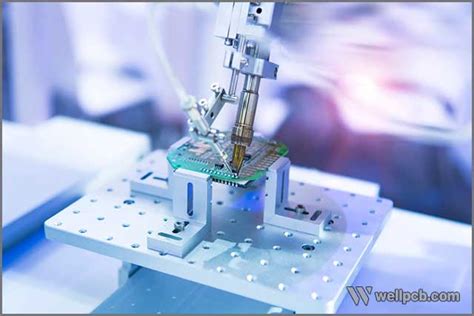Carbon Fiber CNC Machines: Revolutionizing Precision Manufacturing
Introduction to Carbon Fiber CNC Technology
In the world of advanced manufacturing, carbon fiber CNC (Computer Numerical Control) machines represent a significant leap forward in precision engineering. These specialized machines combine the exceptional material properties of carbon fiber with the accuracy and repeatability of computer-controlled machining systems. Unlike traditional metal-based CNC equipment, carbon fiber CNC machines offer unique advantages that are transforming industries from aerospace to medical device manufacturing.
Carbon fiber composites have become increasingly popular in high-performance applications due to their exceptional strength-to-weight ratio, stiffness, and corrosion resistance. However, machining carbon fiber presents distinct challenges that conventional CNC machines aren’t always equipped to handle effectively. This has led to the development of specialized carbon fiber CNC machines designed specifically to work with this advanced material while maintaining tight tolerances and superior surface finishes.
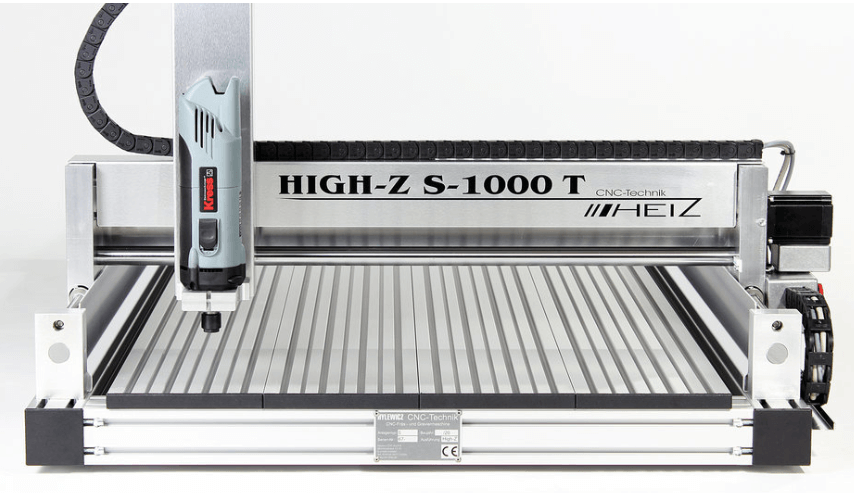
The Unique Properties of Carbon Fiber in CNC Applications
Carbon fiber’s remarkable mechanical properties make it an ideal material for constructing high-performance CNC machine components. The material’s high stiffness-to-weight ratio (approximately 4 times that of steel) allows for machine structures that resist deflection under cutting forces while maintaining exceptional dynamic response. This translates to faster acceleration and deceleration capabilities without sacrificing precision—a critical factor in high-speed machining operations.
The thermal stability of carbon fiber is another significant advantage. With a coefficient of thermal expansion about 10 times lower than steel, carbon fiber machine components maintain dimensional stability across a wide temperature range. This characteristic is particularly valuable in precision applications where even micron-level thermal expansion can affect part quality. Additionally, carbon fiber’s natural vibration damping properties (approximately 5-10 times better than steel) help minimize harmonic vibrations that can degrade surface finish and tool life.
For the machine frames and moving components, carbon fiber composites offer about 60% weight reduction compared to equivalent steel structures while maintaining comparable stiffness. This weight reduction leads to lower energy consumption (typically 20-30% less) for axis movements and reduced wear on guide systems. The corrosion resistance of carbon fiber also eliminates rust-related maintenance issues common in traditional machine tools.
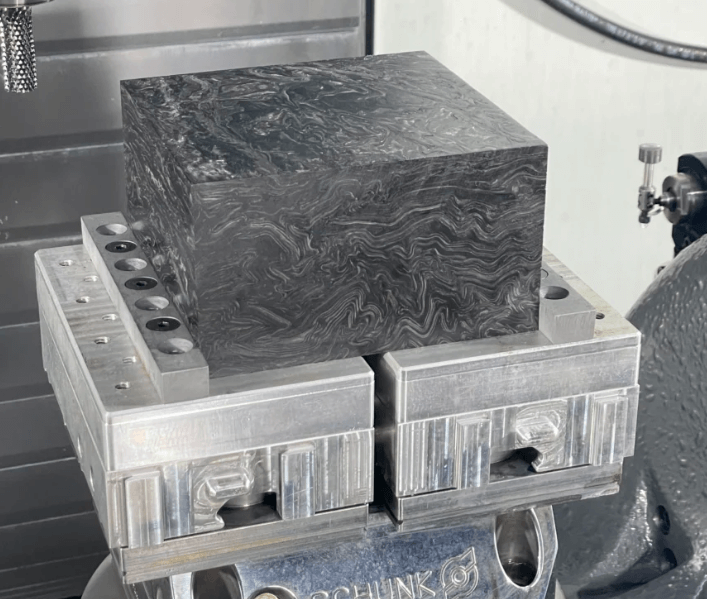
Specialized Design Features of Carbon Fiber CNC Machines
Carbon fiber CNC machines incorporate several specialized design features to optimize performance with composite materials. The spindle systems in these machines often operate at higher speeds (typically 18,000-60,000 RPM) compared to conventional metal-cutting CNCs, as carbon fiber machining benefits from faster cutting speeds with smaller diameter tools. Many models feature integrated vacuum systems or specialized chip collection mechanisms to handle the fine, abrasive dust produced during carbon fiber machining—protecting both the machine components and operators from harmful particulate matter.
The guide systems in premium carbon fiber CNC machines frequently utilize linear motors rather than ball screws, eliminating backlash and providing positioning accuracy down to ±1 micron. Advanced models may incorporate laser measurement systems for real-time position feedback, maintaining accuracy even during high-speed operations. The machine enclosures are typically designed with positive pressure systems and HEPA filtration to contain carbon fiber dust, which can be hazardous if inhaled.
Tooling systems for carbon fiber machining often feature specialized diamond-coated or polycrystalline diamond (PCD) cutters that withstand the abrasive nature of carbon fibers. Automatic tool changers in these machines may include ultrasonic cleaning stations to prevent fiber buildup between tool changes. Some advanced systems incorporate in-process inspection capabilities using laser or optical measurement to verify part dimensions without removing the workpiece from the machine.
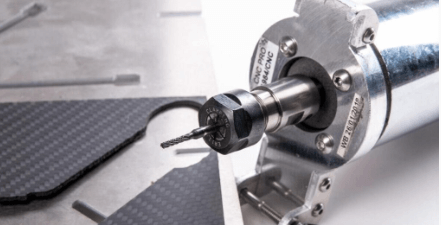
Applications Across Industries
The aerospace industry represents one of the largest adopters of carbon fiber CNC technology, using these machines to produce structural components like wing spars and fuselage panels. Boeing’s 787 Dreamliner, for example, contains approximately 50% carbon fiber by weight, with many components machined using specialized CNC equipment. In motorsports, carbon fiber CNC machines produce lightweight body panels and structural components that can withstand extreme forces while minimizing weight—critical for performance vehicles where every gram counts.
Medical device manufacturers utilize carbon fiber CNC machines to create radiolucent surgical components and imaging equipment parts that don’t interfere with X-rays or MRI scans. The orthopedic industry particularly benefits from carbon fiber’s compatibility with human tissue and its ability to be machined to precise anatomical shapes. In the renewable energy sector, carbon fiber CNC machines fabricate wind turbine blades and components that require both strength and lightness to maximize energy capture efficiency.
High-end consumer products also benefit from this technology, with applications ranging from premium sporting goods like tennis rackets and bicycle frames to luxury watch components and audio equipment. The ability to machine complex, organic shapes from carbon fiber enables designers to create products that combine aesthetic appeal with exceptional performance characteristics.
Advantages Over Traditional CNC Machines
Carbon fiber CNC machines offer several distinct advantages compared to their metal counterparts. The reduced mass of carbon fiber components allows for higher acceleration rates—up to 2-3 times faster than equivalent steel machines—significantly reducing cycle times for complex parts. The improved damping characteristics result in better surface finishes, often eliminating the need for secondary finishing operations that can account for 20-30% of total production time in conventional machining processes.
From an energy efficiency standpoint, carbon fiber CNC machines typically consume 25-40% less power during operation due to the reduced moving mass and more efficient axis drives. The corrosion-resistant properties of carbon fiber also translate to lower maintenance requirements and longer service intervals, with some manufacturers reporting up to 50% reduction in annual maintenance costs compared to traditional machines.
Precision levels in high-end carbon fiber CNC machines often exceed those of conventional equipment, with some models achieving positioning accuracy of ±0.5 microns and repeatability of ±0.2 microns. This exceptional precision, combined with the thermal stability of carbon fiber, makes these machines ideal for applications requiring tight tolerances across varying environmental conditions.
Challenges and Considerations in Carbon Fiber CNC Machining
Despite their advantages, carbon fiber CNC machines present unique challenges that manufacturers must address. The abrasive nature of carbon fiber dust requires specialized filtration systems and regular maintenance to prevent wear on machine components. Proper dust collection is not just a maintenance issue but also a critical safety requirement, as carbon fiber particles can pose respiratory hazards and electrical conductivity risks.
Tool wear occurs more rapidly when machining carbon fiber compared to metals, often requiring tool life monitoring systems and more frequent tool changes. Diamond-coated tools, while more durable, can increase tooling costs by 3-5 times compared to standard carbide tools used in metal machining. The anisotropic nature of carbon fiber (different properties in different directions) also requires specialized tool paths and cutting strategies to prevent delamination or fraying at cut edges.
From a financial perspective, the initial investment for carbon fiber CNC machines can be 20-40% higher than comparable metal-cutting machines, though this is often offset by lower operating costs and higher productivity over time. The specialized knowledge required to program and operate these machines effectively also adds to the implementation costs, necessitating trained personnel or additional training for existing staff.
Future Trends in Carbon Fiber CNC Technology
The future of carbon fiber CNC machines points toward even greater integration of smart technologies and advanced materials. Emerging developments include machine learning algorithms that optimize tool paths in real-time based on cutting forces and tool wear patterns, potentially increasing tool life by 30% or more. Some manufacturers are experimenting with hybrid machines capable of both additive manufacturing (3D printing with carbon fiber composites) and subtractive machining in a single platform, enabling complete part production without transferring workpieces between machines.
Advances in carbon fiber materials themselves are driving machine innovations. New forms of carbon fiber with enhanced thermal conductivity or electrical properties are creating opportunities for novel applications that require specialized machining capabilities. The development of self-sensing carbon fiber composites could eventually lead to machine components that monitor their own structural health and predict maintenance needs.
Automation integration is another growing trend, with carbon fiber CNC machines increasingly designed as part of complete robotic manufacturing cells. These systems can handle everything from raw material loading to finished part inspection with minimal human intervention, particularly valuable for high-volume production of carbon fiber components. Industry 4.0 connectivity allows these machines to provide real-time production data and predictive maintenance alerts, further improving operational efficiency.
Conclusion: The Transformative Impact of Carbon Fiber CNC Machines
Carbon fiber CNC machines represent a significant advancement in precision manufacturing technology, offering unparalleled performance characteristics that align with the growing demand for high-strength, lightweight components across industries. While the initial investment and specialized requirements present barriers to adoption, the long-term benefits in terms of productivity, precision, and energy efficiency make these machines increasingly attractive for manufacturers working with advanced materials.
As material science continues to evolve and digital manufacturing technologies advance, carbon fiber CNC machines will likely play an even more central role in high-performance manufacturing. Their ability to produce complex, lightweight structures with exceptional accuracy positions them as key enablers of innovation in fields ranging from sustainable energy to medical technology. For manufacturers looking to stay competitive in markets that value both performance and precision, investing in carbon fiber CNC technology may well be a strategic imperative for the future.
The ongoing development of carbon fiber CNC machines reflects a broader trend in manufacturing—the convergence of advanced materials, digital control systems, and precision engineering to create solutions that push the boundaries of what’s possible in industrial production. As these technologies mature and become more accessible, they promise to democratize high-performance manufacturing, making the exceptional properties of carbon fiber composites available to an ever-wider range of applications and industries.




